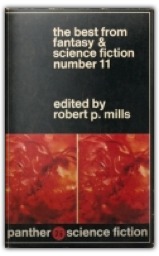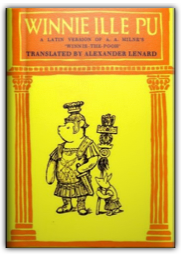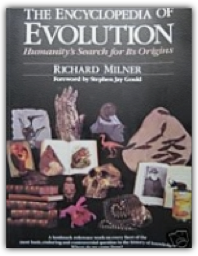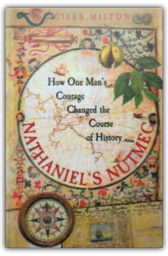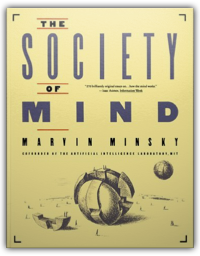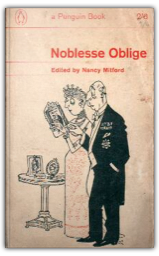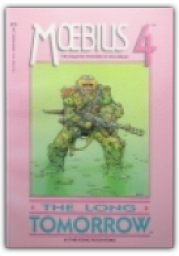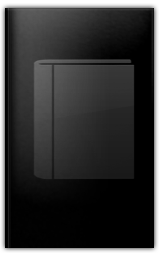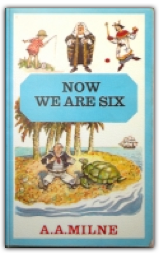 Now We Are Six
A. A. Milne
Now We Are Six
A. A. Milne
This is A.A. Milne's second volume of verse about Christopher Robin and his friends. From short simple rhymes like "Solitude" to the longer poems, such as "King John's Christmas", there is a poem to suit any storytelling session. With E.H. Shepard's original illustrations in colour, this is an attractive and entertaining book for adults to share with young children. —Philippa Reece 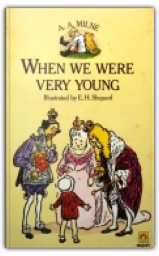 When We Were Very Young
A. A. Milne
When We Were Very Young
A. A. Milne
This is the first volume of rhymes written especially for children by A.A. Milne. Although many of the rhymes refer to times past—not many of today's children have a nurse to look after them—the humour and simplicity of the rhymes make them as popular now as when they were first written. Accompanied by E.H. Shepard's original illustrations in colour, this is a handy volume to have on standby for reading to young children. —Philippa Reece 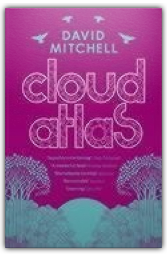 Cloud Atlas
David Mitchell
Cloud Atlas
David Mitchell
It's hard not to become ensnared by words beginning with the letter B, when attempting to describe Cloud Atlas, David Mitchell's third novel. It's a big book, for start, bold in scope and execution—a bravura literary performance, possibly. (Let's steer clear of breathtaking for now.) Then, of course, Mitchell was among Granta's Best of Young British Novelists and his second novel number9dreamwas shortlisted for the Booker Prize. Characters with birthmarks in the shape of comets are a motif; as are boats. Oh and one of the six narratives strands of the book—where coincidentally Robert Frobisher, a young composer, dreams up "a sextet for overlapping soloists" entitled Cloud Atlas—is set in Belgium, not far from Bruges. (See what I mean?) |
 Made with Delicious Library
Made with Delicious Library
London, State zipflap congrotus delicious library Scott, Mike


